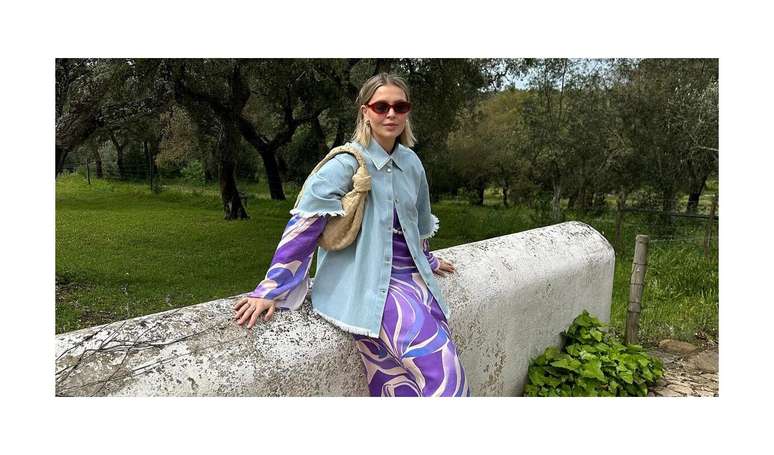Popular dating apps and the ease of photo enhancement can distort reality
A recent sociological study found that the majority of young adults surveyed reported feeling confused about their options when it comes to dating decisions. Preliminary analyses suggest that more than half of young people experience confusion when choosing a partner, with women appearing more likely to report confusion when choosing a partner than men.
Due to the pervasiveness of social media and digital dating in everyday life, humans are now exposed to many more potential partners than ever before, but the availability of popular dating apps and the ease of photo enhancement can distort the reality of the available pool of date candidates.
Chayan Munshi, founder and executive director of the Ethophilia Research Foundation in Santiniketan, India, says that human mate selection is a complicated psychological process that is actually influenced by multiple social factors, including appearance, personality and financial status.
He adds that more recently this has been significantly influenced by social media, where constant exposure to sexually stimulating or attractive content creates certain perceptions of reality in the youth mindset. Which ultimately creates confusion in terms of selecting potential mating partners.
Digital Society
The Ethophilia Research Foundation is a research group focused on behavioral biology and public health research, which has recently begun to investigate how the digitalization of society is regulating human behavior. This project began with an in-depth observation of human behavioral patterns regarding mate choice. This observational study was followed by direct interactions with a young population using an open-ended questionnaire.
Preliminary findings from this ongoing project come from a survey of young adults in India, with most respondents between the ages of 18 and 30. Further analysis of the findings is underway, with an expanded survey in preparation to include more specific lines of inquiry.
The questionnaire included questions related to romantic partner selection, such as “Do you feel confused in choosing a life partner?”, “What are your criteria for choosing a life partner?”, “Do you still look for other partners if you are already in a stable relationship?” AND “Would you like to move on to a ‘better option’ when choosing a life partner?”
Fewer face-to-face interactions
These initial findings show that perceptions of potential partner availability may bias how people judge their life partner choices, even in existing relationships. For example, impulsivity is significantly displayed and there is a decrease in in-person social interactions. This exposes confounding as people search for a mate and may experience difficulty maintaining a relationship.
Munshi hopes that this ongoing research will help us better understand how mate selection is evolving in humans. He says the team’s hypothesis strongly suggests that the pleasure rating or adrenaline rush in relationships is becoming more important in younger generations than long-term stability. “It’s alarming that impulsivity or confusion can lead to instability in human relationship maintenance behavior, which actually affects normal human social behavior,” he said.
For him, the pattern is now remarkable enough to suggest that it could change the social norms of mate-choice behavior among young people, which could have a significant effect on the brain-behavioral circuitry. In the long term, this could alter the fundamental protocol of evolutionary mating strategies. This research will be presented at the annual conference of the Society for Experimental Biology in Prague, July 2-5, 2024.
Source: EurekAlert!
Source: Terra
Ben Stock is a lifestyle journalist and author at Gossipify. He writes about topics such as health, wellness, travel, food and home decor. He provides practical advice and inspiration to improve well-being, keeps readers up to date with latest lifestyle news and trends, known for his engaging writing style, in-depth analysis and unique perspectives.








